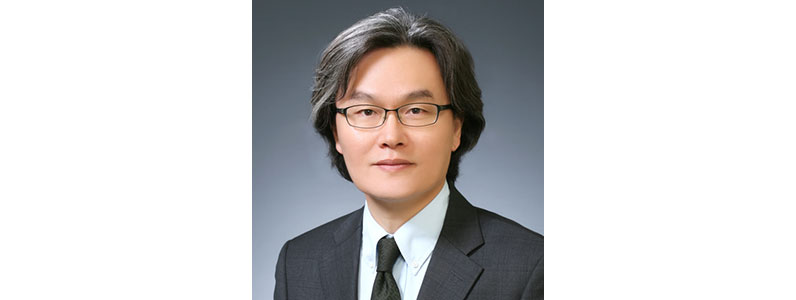
Dr Yong-ju Yang, MD, PhD is Professor at the Department of Otolaryngology at the Asan Medical Center located in the University of Ulsan College of Medicine in Seoul, Korea. Immediate past president of the Korean Academy of Facial Plastic and Reconstructive Surgery and also serving as the Vice-president of Pan-Asian Academy of Facial Plastic and Reconstructive Surgery,
Dr Jang has written two textbooks on rhinoplasty, and contributed chapters to various rhinoplasty textbooks. He has published 43 scientific papers on rhinoplasty in a number of international journals and was an invited speaker on rhinoplasty in 61 international conferences held in more than 20 countries. He is therefore, an extremely knowledgeable industry heavyweight on the subject of Rhinoplasty.
Dr Yong-ju Yang Yang was one of the keynote speakers at the 2015 AAFPS Conference on in Sydney. I was lucky enough to be able to ask Dr Jang a few questions.
Questions:
PSH: How does Rhinoplasty differ in Asian societies as opposed to Western societies? Is there a different ideal of beauty and the type of nose that is requested? Also, are there any structural differences and considerations when performing rhinoplasty surgery?
Dr Jang: In Asian rhinoplasty, making the nose bigger and much more prominent is the most common purpose.
I think the idea of beauty and wishful types are not that different with other parts of the world. (A) nose with a higher bridge and well defined tip is favored by almost all people in the world.
Certainly, there is structural difference between Asian and Caucasian noses. Asians generally have poorly developed nasal skeleton including nasal bone and septum. Therefore we need to build up nose by using various implant materials.
PSH: You have been a coordinator of a number of studies to do with rhinoplasty – what is your preferred material and procedure to use in rhinoplasty and why?
Dr Jang: In a very small nose, I prefer to use rib cartilage. But in simple cosmetic rhinoplasty, I prefer to use Gore-Tex for nasal dorsum augmentation. Nasal tip is usually addressed by use of septal cartilage or ear cartilage. The reason for use of cartilage for tip is that alloplastic implant in the tip frequently induces complications. I prefer goretex for nasal dorsum because it gives soft texture, and blends well with overlying skin.
PSH: Rhinoplasty is considered one of the trickiest of plastic surgeries to do. For our readers, can you explain why this is? Is it because the narrowest margin of errors can affect function, i.e. breathing, or is it because it is such a focal part of our face?
Dr Jang: The Nose is the most prominent three-dimensional structure in the face. Any minor imperfection can easily be observed by others. That is the difficult part of rhinoplasty.
Also, the three-dimensional nature of nasal anatomy is particularly prone to induce unpredictable healing patterns which can considerably impair function and shape.
Trish: I am right in the middle of the conference as this is published and I am so excited to bring you more news as I am able to gather it all together. It really is a coming together of brilliant minds at the forefront of the plastic surgery industry (in particular Rhinoplasty) that rarely happens of such caliber.
I look forward to posting some more blogs to let you know of the latest developments and innovations in the industry, all to help you make more informed decisions about any surgery you may be considering.
Further Reading about Rhinoplasty Surgery
- Nose Surgery / Rhinoplasty NSW by Dr Mark Gianoutsos
- Rhinoplasty Gold Coast with Dr Mark Doyle – Gold Coast Plastic Surgery
- Top 5 ways to Improve Your Nose – 5 Popular Nose Job Procedures
- Types of Nose Shapes and Nose Jobs – Dr Michael Kernohan
- Rhinoplasty Minneapolis St Paul MN – Dr Joe Gryskiewicz MD
FREE Nose Imaging APP
Read our Q & A with Dr Frankel at the AAFPS conference.
